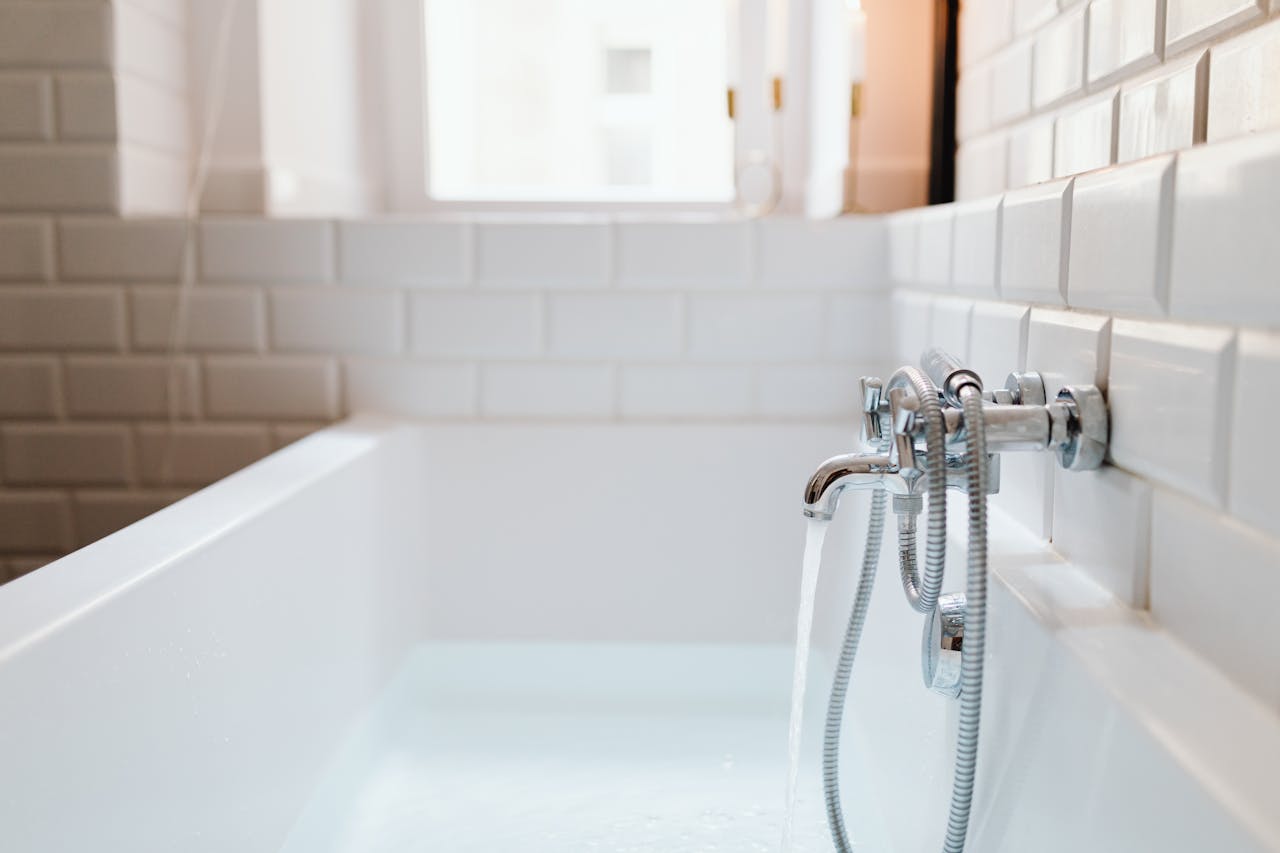Clean and safe water is essential for everyday use in residential, commercial, and new construction properties. One major concern for property owners and occupants is the issue of backflow, a plumbing problem that can contaminate the water supply and pose serious health risks. Backflow occurs when water flows in the opposite direction in the pipes due to changes in water pressure. To prevent backflow contamination and ensure the safety and quality of your water supply, regular backflow testing is crucial. We’ll discuss the importance of backflow testing, the potential consequences of not performing timely assessments, and how our certified professionals can help protect your property and maintain a clean and safe water supply.
Understanding How Backflow Occurs
Pressure Changes
Backflow is caused by fluctuations in water pressure within the plumbing system. There are two primary types of pressure changes that lead to backflow: backsiphonage and backpressure. Backsiphonage occurs when there is a reduction in water supply pressure, creating a vacuum that draws contaminated water back into the clean water supply. Backpressure, on the other hand, happens when the pressure in a non-potable system becomes higher than the potable water supply pressure, forcing contaminated water to flow into the clean water supply.
Common Backflow Contaminants
Various contaminants can be introduced into the water supply through backflow, depending on the source of the contamination. Some common backflow contaminants include fertilizers and pesticides from irrigation systems, chemicals and solvents from industrial processes, and bacteria and viruses from sewage systems. By conducting regular backflow testing and maintaining functional prevention devices, you can protect your water supply from these harmful contaminants.
Types of Backflow Prevention Devices
Air Gap
The most straightforward and reliable form of backflow prevention is the air gap, which physically separates the potable water supply from a potential source of contamination. Air gaps create a space between the water supply inlet and the contaminated water source, preventing backflow. They are commonly used for residential and commercial sinks, as well as where water supply lines connect to irrigation systems.
Double Check Valve Assembly (DCVA)
The double check valve assembly is a popular backflow prevention device used in commercial and residential properties. It consists of two spring-loaded check valves installed in series, designed to prevent backflow in the event of either backsiphonage or backpressure. This device requires regular backflow testing and maintenance to ensure its proper operation.
Reduced Pressure Zone Assembly (RPZA)
The RPZA is a more complex backflow prevention device and is recommended for high-hazard applications, such as industrial processes involving hazardous chemicals. It consists of two check valves and a pressure relief valve, which functions to maintain water pressure below the supply pressure. The RPZA offers a high level of protection against backflow and requires regular testing to verify its performance.
Implementing a Backflow Testing Program for Your Property
Determine Frequency of Testing
The frequency of backflow testing depends on several factors, including local regulations, device type, and the level of risk associated with your property’s water supply. Generally, annual testing is recommended for most properties, but you may need to conduct testing more frequently in high-hazard situations or as required by local regulations.
Hire a Certified Professional
Backflow testing is a specialized task that should be performed by certified professionals. Our skilled technicians have the knowledge and experience to accurately assess your backflow prevention devices and ensure their proper function, protecting your water supply from unwanted contaminants.
Maintain Proper Records
Keeping accurate records of your property’s backflow testing history is necessary for regulatory compliance and to monitor the performance of your backflow prevention devices. Make sure to retain documentation of each testing, including the date, results, and any repair or replacement work completed.
Address Identified Issues Promptly
When backflow testing identifies issues with your backflow prevention devices, it is crucial to address these problems promptly to safeguard your water supply. Our experienced technicians can provide timely repairs or replacements, ensuring the continued effectiveness of your backflow prevention system.
Conclusion
Regular backflow testing is an essential aspect of maintaining a clean and safe water supply for residential, commercial, and new construction properties. By understanding the causes of backflow, investing in suitable prevention devices, and implementing a comprehensive backflow testing program, property owners can act proactively to protect their water supply and the health of occupants. Trust our certified professionals at Schrader Custom Air Services to help you develop and maintain an effective backflow prevention strategy for your property, ensuring the continued safety and well-being of those who rely on it.

